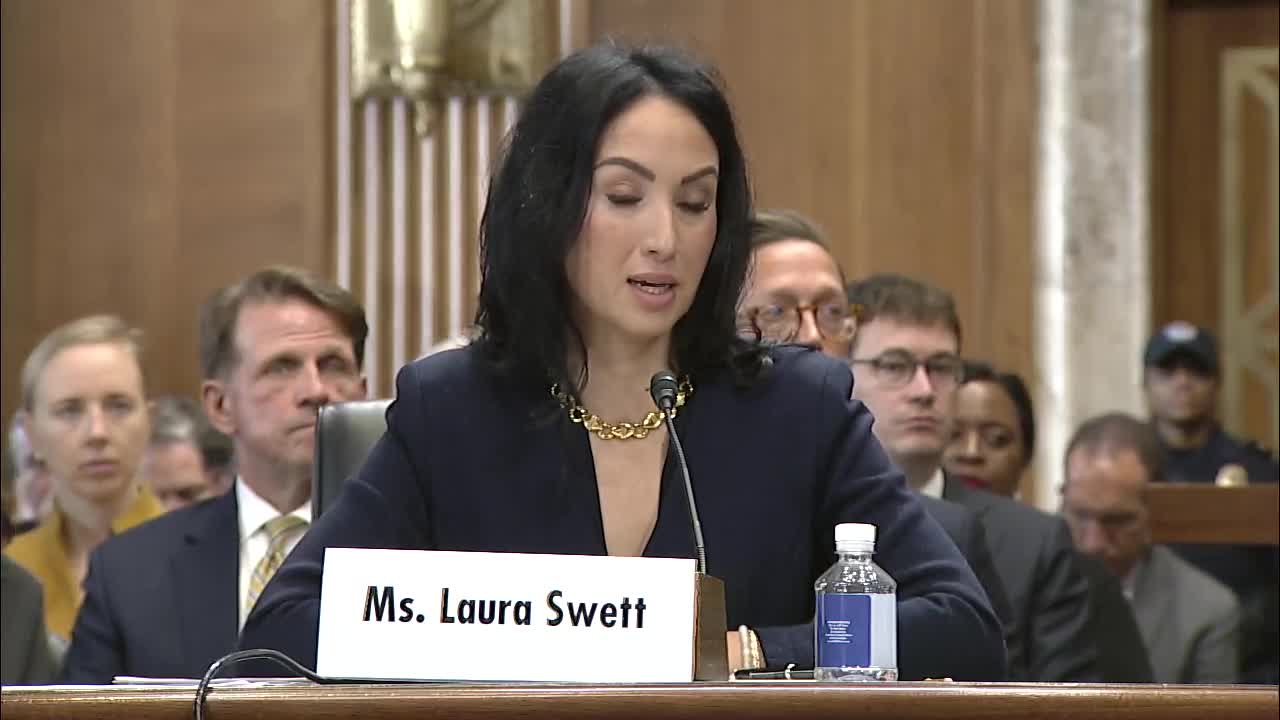Senate Confirms FERC Nominees Amidst Electricity Demand Surge in Nevada
September 04, 2025 | Energy and Natural Resources: Senate Committee, Standing Committees - House & Senate, Congressional Hearings Compilation
This article was created by AI summarizing key points discussed. AI makes mistakes, so for full details and context, please refer to the video of the full meeting. Please report any errors so we can fix them. Report an error »

In a pivotal meeting of the U.S. Senate Committee on Energy and Natural Resources, nominees for key positions in the Federal Energy Regulatory Commission (FERC) faced intense scrutiny regarding the future of the nation’s energy grid. The session, held on September 4, 2025, highlighted urgent concerns about the interconnection queues at Regional Transmission Organizations (RTOs), which currently average a staggering five-year wait time for new energy projects.
Senator Angus King emphasized the critical nature of this delay, warning that failure to address these bottlenecks could lead to severe consequences for energy demand and supply. He urged the nominees to consider innovative solutions, including the use of artificial intelligence in engineering analyses to expedite interconnections. “Time is our enemy here,” he stated, underscoring the pressing need for action.
The discussion also delved into the independence of FERC, a topic that Senator Catherine Cortez Masto brought to the forefront. She sought clarity on the legal framework governing FERC’s regulatory processes, particularly regarding the oversight of the President. The nominees confirmed that current laws do not require presidential review of FERC regulations, a point that raised concerns about potential executive overreach in regulatory matters.
As the meeting progressed, the nominees expressed their commitment to leveraging new technologies to enhance the existing grid. With states like Nevada experiencing a surge in electricity demand due to burgeoning industries such as battery manufacturing and data centers, the conversation turned to the necessity of grid modernization. Both nominees voiced strong support for the adoption of grid-enhancing technologies, emphasizing that innovation is essential for improving efficiency and reliability in electricity delivery.
The hearing concluded with a sense of urgency surrounding the need for regulatory clarity and technological advancement in the energy sector. As the nation grapples with increasing energy demands, the outcomes of these nominations could significantly shape the future of energy policy and infrastructure in the United States.
Senator Angus King emphasized the critical nature of this delay, warning that failure to address these bottlenecks could lead to severe consequences for energy demand and supply. He urged the nominees to consider innovative solutions, including the use of artificial intelligence in engineering analyses to expedite interconnections. “Time is our enemy here,” he stated, underscoring the pressing need for action.
The discussion also delved into the independence of FERC, a topic that Senator Catherine Cortez Masto brought to the forefront. She sought clarity on the legal framework governing FERC’s regulatory processes, particularly regarding the oversight of the President. The nominees confirmed that current laws do not require presidential review of FERC regulations, a point that raised concerns about potential executive overreach in regulatory matters.
As the meeting progressed, the nominees expressed their commitment to leveraging new technologies to enhance the existing grid. With states like Nevada experiencing a surge in electricity demand due to burgeoning industries such as battery manufacturing and data centers, the conversation turned to the necessity of grid modernization. Both nominees voiced strong support for the adoption of grid-enhancing technologies, emphasizing that innovation is essential for improving efficiency and reliability in electricity delivery.
The hearing concluded with a sense of urgency surrounding the need for regulatory clarity and technological advancement in the energy sector. As the nation grapples with increasing energy demands, the outcomes of these nominations could significantly shape the future of energy policy and infrastructure in the United States.
View full meeting
This article is based on a recent meeting—watch the full video and explore the complete transcript for deeper insights into the discussion.
View full meeting